Topological Insulators, solar-cell silicon, and crystallization kinetics– these and more in January’s physics highlights.
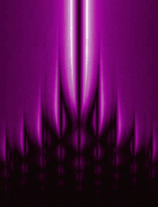

Topological Insulators, solar-cell silicon, and crystallization kinetics– these and more in January’s physics highlights.
Researchers combine computational and experimental methods to understand the arrangement of atoms in solids.

Renewable energy could fully power a large electric grid 99.9 percent of the time by 2030 at costs comparable to today’s electricity expenses.
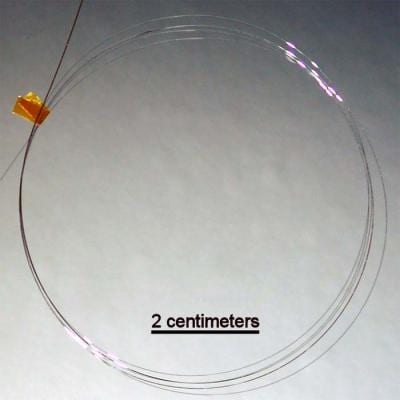
Researchers make a fiber out of crystalline silicon semiconductor materials that can function as a solar cell.
W. M. Keck Foundation funds David Mazziotti, Greg Engel, and Dmitri Talapin to research manipulate of nanocrystal properties.
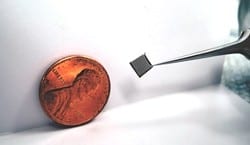
New breed of micro fuel cell could serve as a long-lasting, low-cost, and eco-friendly power source for portable electronic devices.
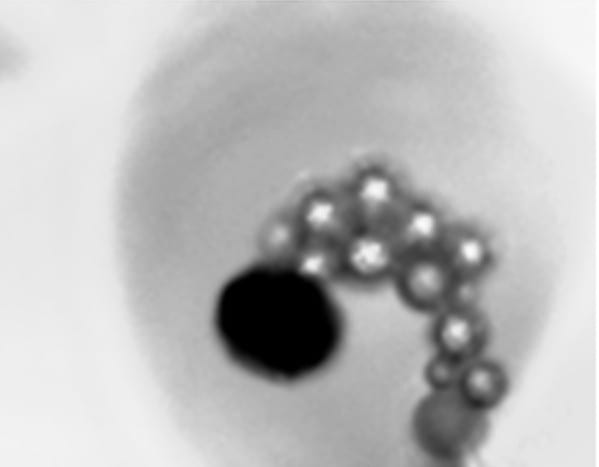
Exploiting the two-faced nature of Janus particles leads to research in multi-fuelled locomotion.
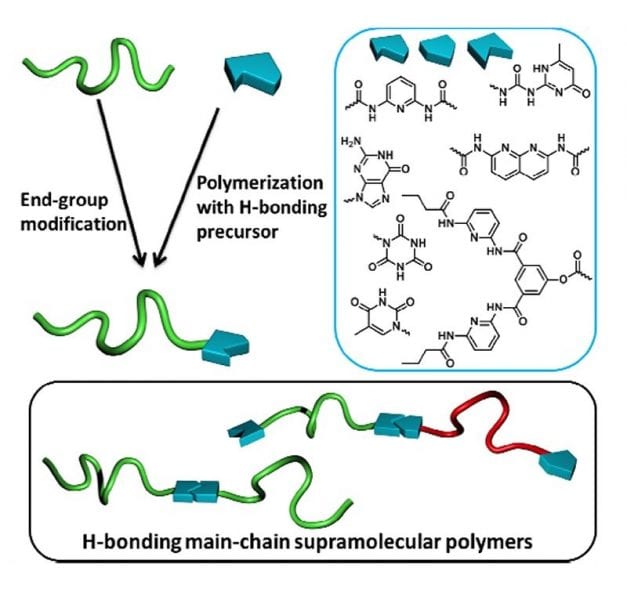
The reversibility of non-covalent interactions combined with the intrinsic macroscopic properties of covalent polymers opens new perspectives for the design of polymer materials.
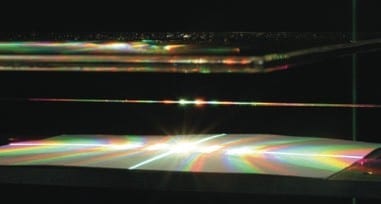
Researchers have given an overview of the principal inscription techniques and physical properties of fs pulse written in-fiber gratings for fiber optics.
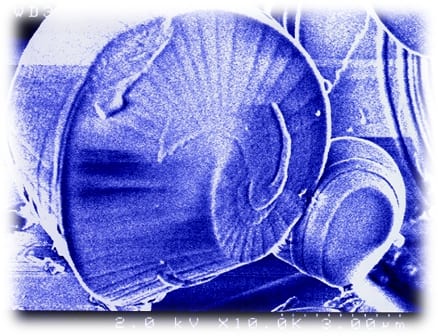
How much does materials science stand to gain from Nature? Professor Ozin gives his take on the progress of biomimetics.